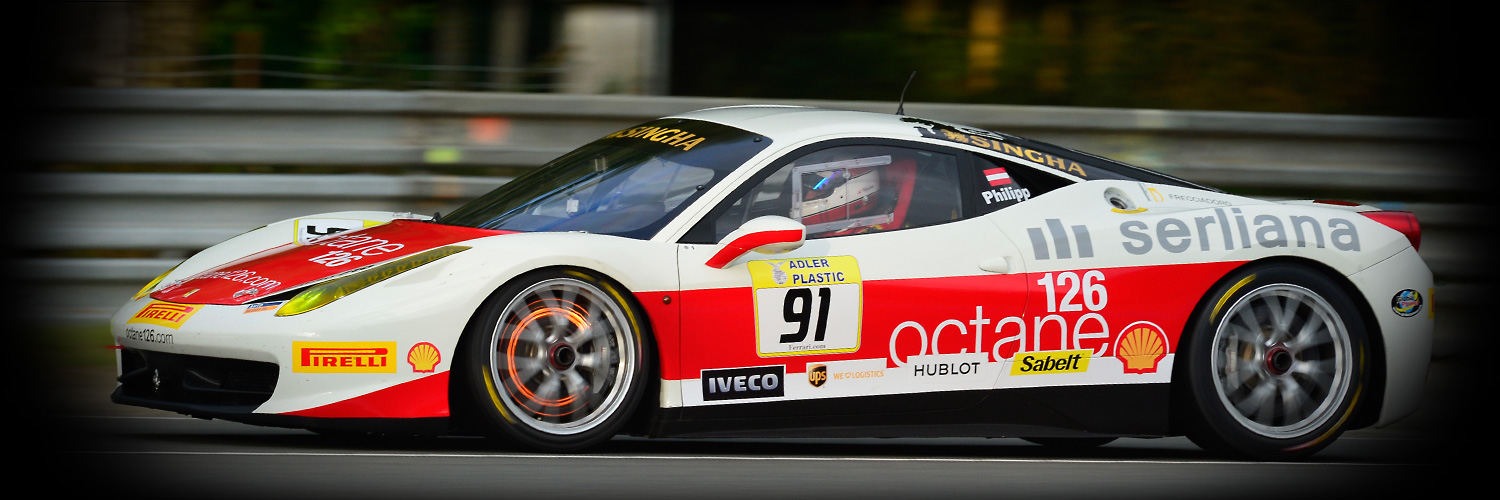Five reasons to buy a car with carbon-ceramic brake discs
When we are getting ready to buy a new car, a lot of variables are taken into consideration like the design, the interior and engine performance.
Unfortunately, not everyone looks carefully at the characteristics of the braking system that comes as standard or is an optional feature on the car they're about to buy.
This should definitely be done by anyone looking to buy a sports car, which would mean deciding whether or not to get carbon-ceramic brakes. With just a few exceptions (e.g., all the Ferrari, Lamborghini and McLaren models), manufacturers offer carbon-ceramic brakes as an optional on the main street-legal supersports cars.
The carbon-ceramic composite is fabricated through a complex production process where resin powders are mixed with bundles of fiber filaments. This composite has been used for aerospace vehicles since the 1970s and for Automotive Racing since the 1980s.
As of 2000, carbon ceramic has also been used in the production of braking systems for sports cars with lots of advantages in terms of performance on both dry and wet surfaces and with regards to weight, comfort, corrosion resistance, lifespan, and technical image.
Here are five reasons why a car with carbon-ceramic discs is better than one with traditional discs.

1) UNPARALLELED BRAKING PERFORMANCE
Carbon-ceramic discs have a higher friction coefficient, so they require less braking distance than cast iron discs. The higher friction coefficient generated by the carbon reduces the braking activation time, which means the car slows down before one with a traditional braking system. According to some studies, on cars with similar tires and brake pads, carbon-ceramic discs make it possible to reduce the braking distance by nearly 10 feet when braking from 62 mph to 0. That is enough space to save a human life or prevent a crash that could damage the car body.
2) ABSENCE OF BRAKE FADE
For sports cars, exceptional braking translates into steady performance.
Carbon-ceramic discs keep the braking force stable, even after repeated use, because the material operates well at high temperatures as well. For this reason, carbon-ceramic discs are particularly resistant to brake fade, especially when braking hard.
Cast iron discs are the opposite because they can heat up excessively and generate brake fade if used repeatedly, reducing the efficiency of the system. Carbon-ceramic discs, on the other hand, are resistant to deformation at high temperatures so the braking force stays constant, even after repeated use.
Obviously, the characteristics of these discs are more evident in extreme situations, like when driving downhill, on hairpin turns in the mountains, or on the track.
3) UNIQUE STYLE
Anyone looking at the car will immediately recognize the carbon-ceramic discs because of their size and their appearance. Compared to cast iron discs, a carbon-ceramic disc is usually bigger in diameter so that it can “fill” the wheel better, making everything more impressive. Also, carbon ceramic has a unique texture that is visible to the naked eye, which leaves no doubt as to its composition. Further recognition of this exceptional product came in 2004 when the Brembo carbon-ceramic braking system won the Compasso d'Oro award from the Italian Association for Industrial Design: this was the first time in the history of the award that a braking component won.
4) BETTER HANDLING OF THE CAR
A front carbon-ceramic disc weighs about 15-17 lbs and a rear disc is about 13 lbs. A traditional cast iron disc and its hat weigh approximately 26-28 pounds. So, with carbon ceramic each wheel weighs 11-13 lbs less, which is a significant savings since we're talking about unsprung mass.
The extraordinary lightness of the carbon-ceramic discs makes the car lighter and improves handling. This results in better performance in terms of consumption, driving comfort, deceleration, and acceleration.
Plus, reducing the unsprung mass by about 44 pounds improves the behavior of the car when changing directions, which makes driving smoother.
5) ALMOST ENDLESS LIFESPAN OF THE DISCS
Traditional cast iron discs have a limited lifespan that averages about 62,000 miles, then they need to be replaced. Car owners with carbon-ceramic discs don't have to worry about this because the composition and especially long lifespan of these discs means they last at least three, if not four, times longer than traditional discs. In other words, they operate without any loss of performance for the entire lifespan of the car they are mounted on. Infinity is one step away.
